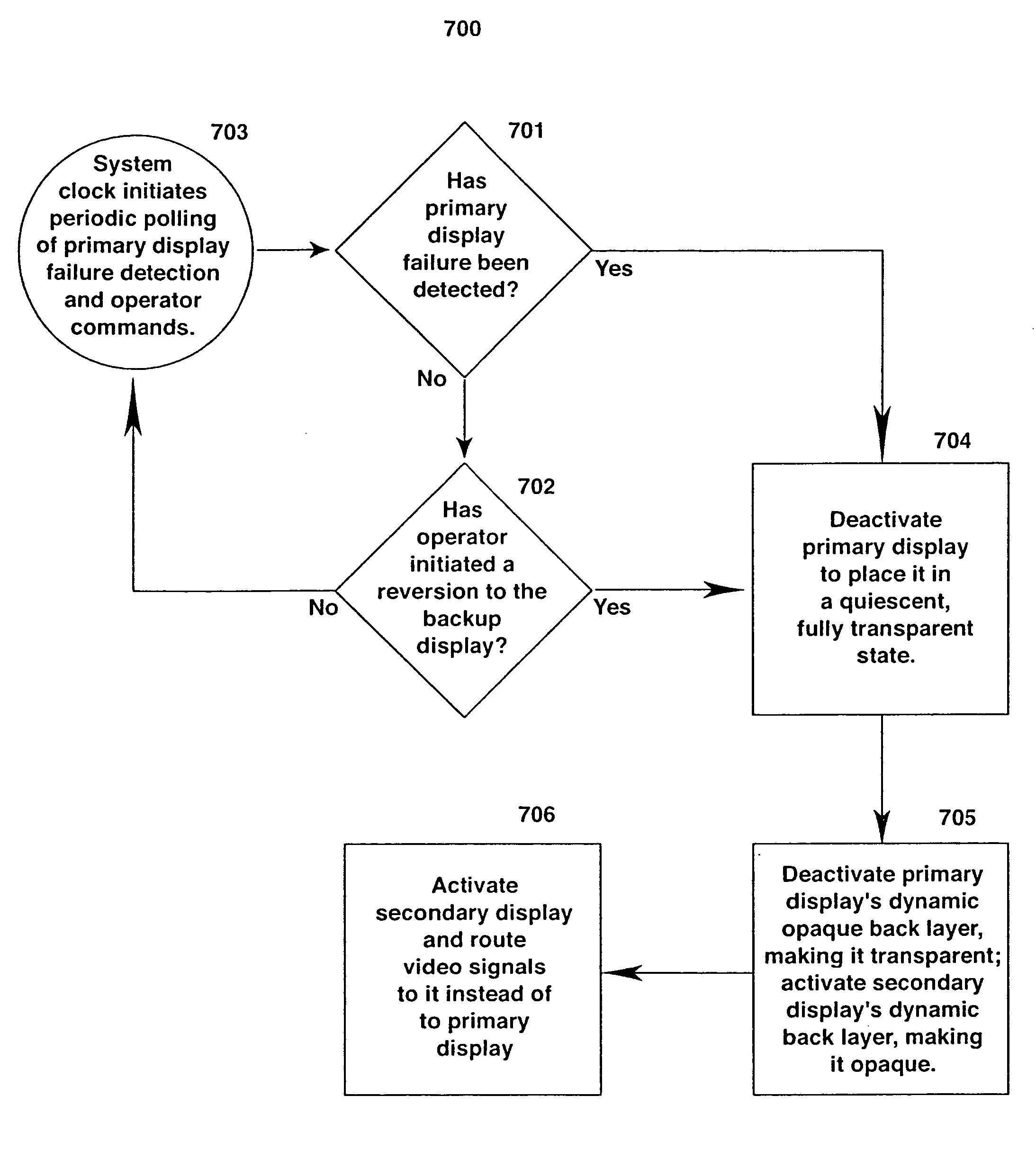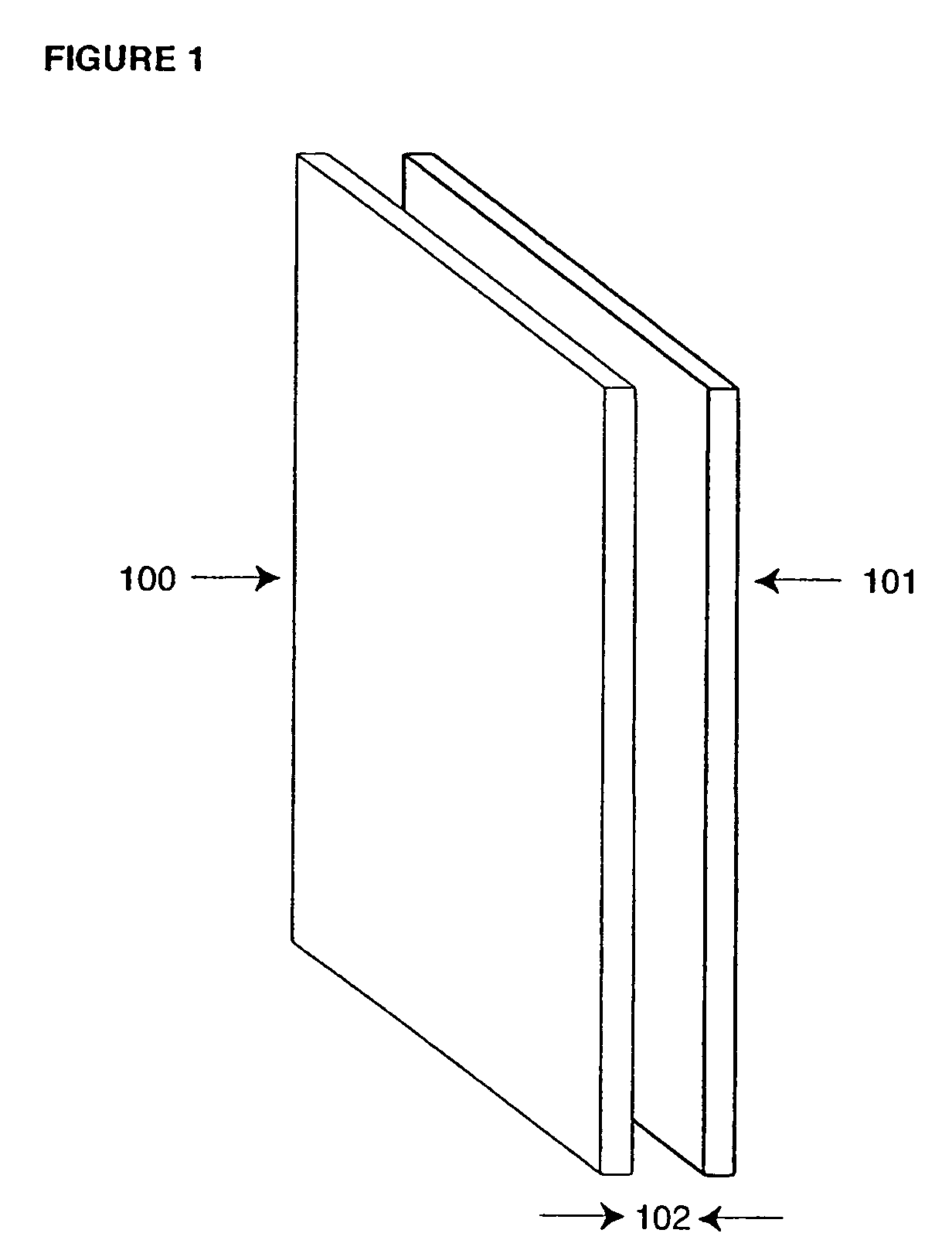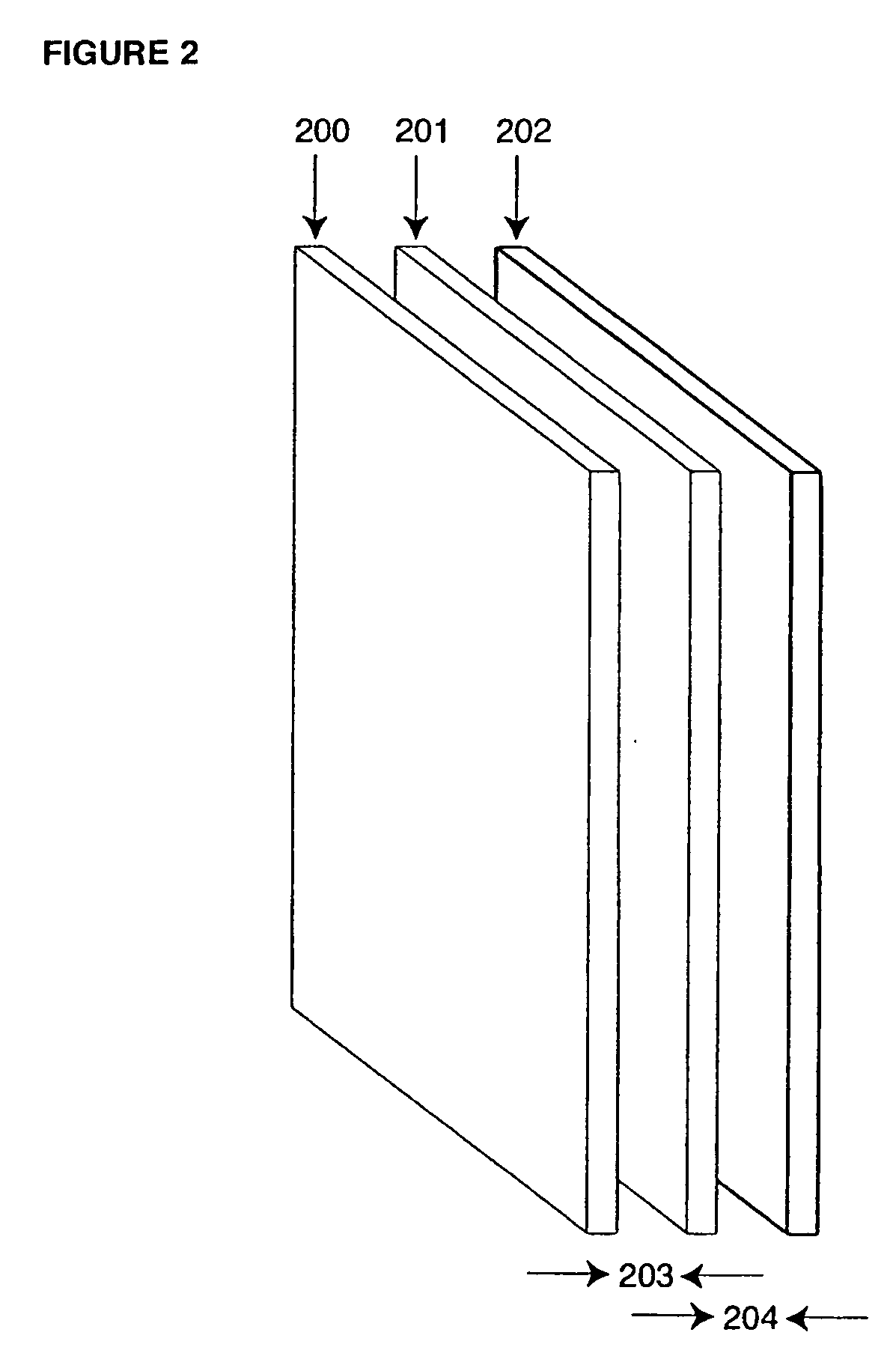Z-axis redundant display/multilayer display
a display component and multi-layer technology, applied in the field of flat panel displays, can solve the problems of little research on the possibility of achieving redundancy using z-axis disposition of redundant display components, and achieve the effects of easy reading, free up surface area, and easy translation of space savings
- Summary
- Abstract
- Description
- Claims
- Application Information
AI Technical Summary
Benefits of technology
Problems solved by technology
Method used
Image
Examples
Embodiment Construction
[0034] In the following description, numerous specific details are set forth to provide a thorough understanding of the present invention. However, it will be apparent to those skilled in the art that the present invention may be practiced without such specific details. In other instances, well-known circuits and algorithms have been shown in block diagram form in order not to obscure the present invention in unnecessary detail. For the most part, details involving timing considerations and the like have been omitted inasmuch as such details are not necessary to obtain a complete understanding of the present invention and are within the skills of persons of ordinary skill in the relevant art.
[0035] As stated in the Background Information section, a complement of transparent displays disposed in a spaced-apart relation along the Z-axis (display stacking) can provide valuable system redundancy characteristics in conjunction with improved human factors engineering (identical position ...
PUM
 Login to View More
Login to View More Abstract
Description
Claims
Application Information
 Login to View More
Login to View More - R&D
- Intellectual Property
- Life Sciences
- Materials
- Tech Scout
- Unparalleled Data Quality
- Higher Quality Content
- 60% Fewer Hallucinations
Browse by: Latest US Patents, China's latest patents, Technical Efficacy Thesaurus, Application Domain, Technology Topic, Popular Technical Reports.
© 2025 PatSnap. All rights reserved.Legal|Privacy policy|Modern Slavery Act Transparency Statement|Sitemap|About US| Contact US: help@patsnap.com



